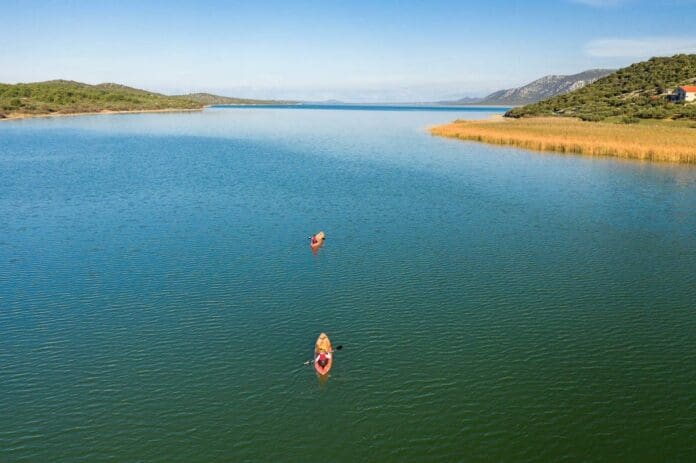At a time when global warming and environmental destruction pose an ever-growing threat to our natural treasures, it is vital to recognise and appreciate the unique wetland ecosystems that still grace Croatia. These natural repositories of biodiversity await exploration, though we cannot know how long we shall be able to experience them in the form we know today.
Lonjsko Polje – Europe’s natural treasury
Lonjsko Polje Nature Park, situated 75 kilometres southeast of Zagreb, represents one of Europe’s largest and best-preserved natural floodplains. This lowland region, at an elevation between 90 and 110 metres, spans 50,650 hectares along the left bank of the River Sava across roughly one hundred kilometres.
The magic of Lonjsko Polje lies in its natural function – each year, the waters of the River Sava and its tributaries spill into Lonjsko, Poganovo, and Mokro fields, creating a unique treasury of biodiversity. This periodic flooding makes the park precious not only to Croatia but to the entire European continent.
Within the park boundaries lie 14 traditional rural settlements that preserve well-maintained wooden architecture, particularly oak, creating an authentic cultural landscape of central Posavina. Osekovo, Stružec, Čigoč, Kratečko, Mužilovčica, Suvoj, Lonja, Trebež, Puska, Krapje, Drenov Bok, Jasenovac, Košutarica, and Mlaka stand as witnesses to the harmonious coexistence of humans and nature.
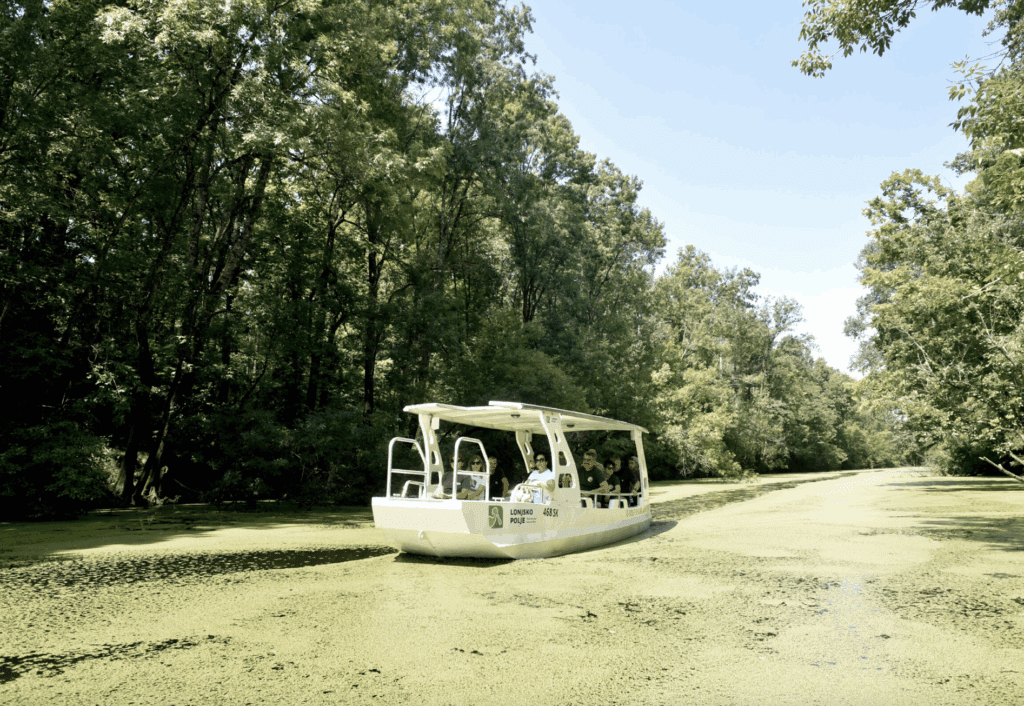
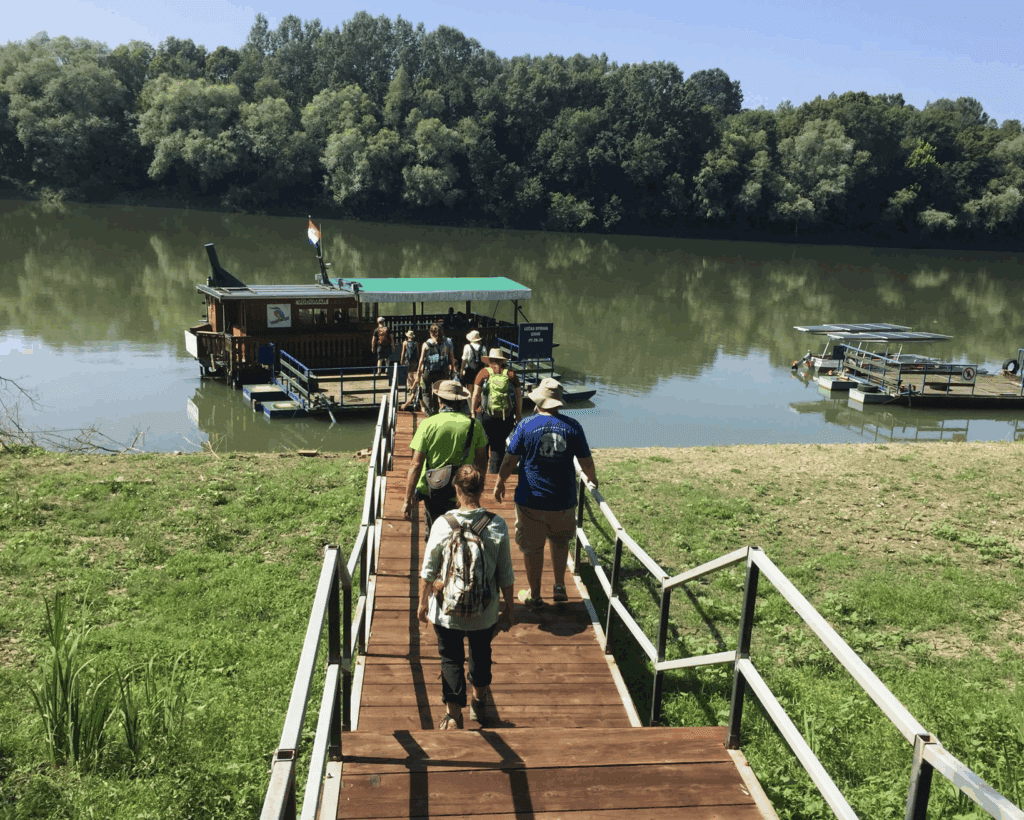
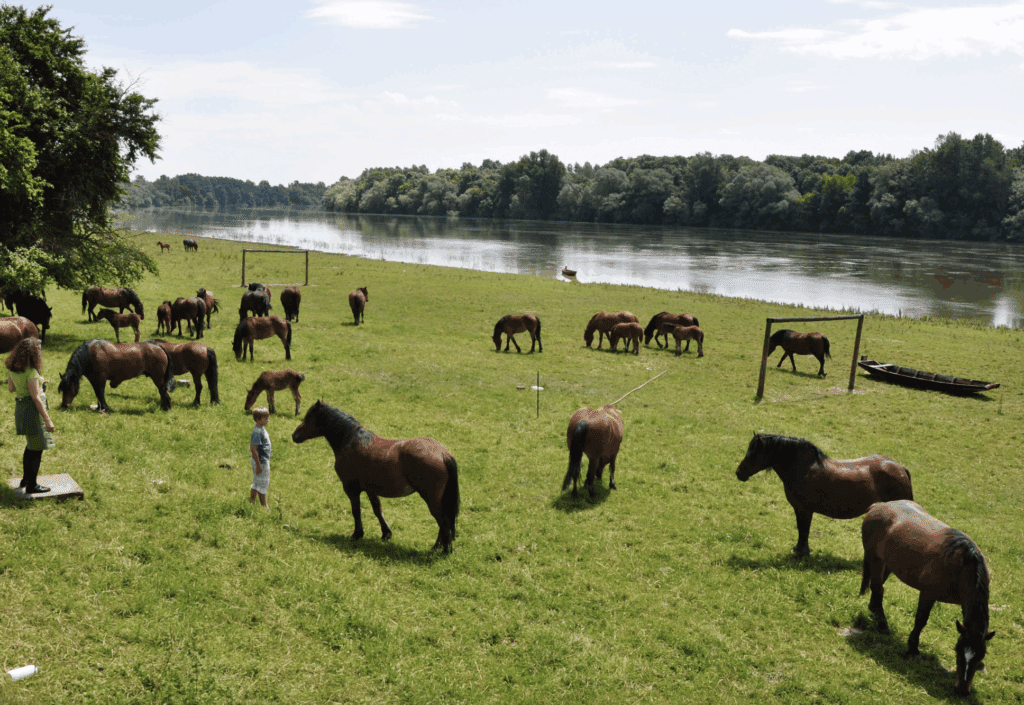
Kopački Rit – Mystical oasis of biodiversity
Kopački Rit, Croatia’s oldest proclaimed nature park established in 1976, forms a natural triangle between the rivers Danube and Drava. This largest European inland delta of the Danube covers 231 square kilometres, with a special zoological reserve encompassing approximately 70 square kilometres.
The park’s name derives from two Hungarian words: “kapocs” (link) and “ret” (meadow), which perfectly describes the role of wooden bridges that allow visitors to venture deep into this natural phenomenon of biodiversity. Kopački Rit is never the same – in its perpetual changes, nature shapes the face of this great European wetland.
It is home to over 2,300 species, with more than 140 bird species nesting within the park. It stands as Croatia’s most valuable zoological reserve and the largest spawning ground for freshwater fish in the Danube region. The park is listed as an Important Bird Area, and in 1993, it became a Wetland of International Importance under the Ramsar Convention.
The park’s historical dimension is evident through the Tikveš Castle complex, which served as a hunting centre for Habsburg aristocracy, including Emperor Leopold I and Prince Eugene of Savoy.
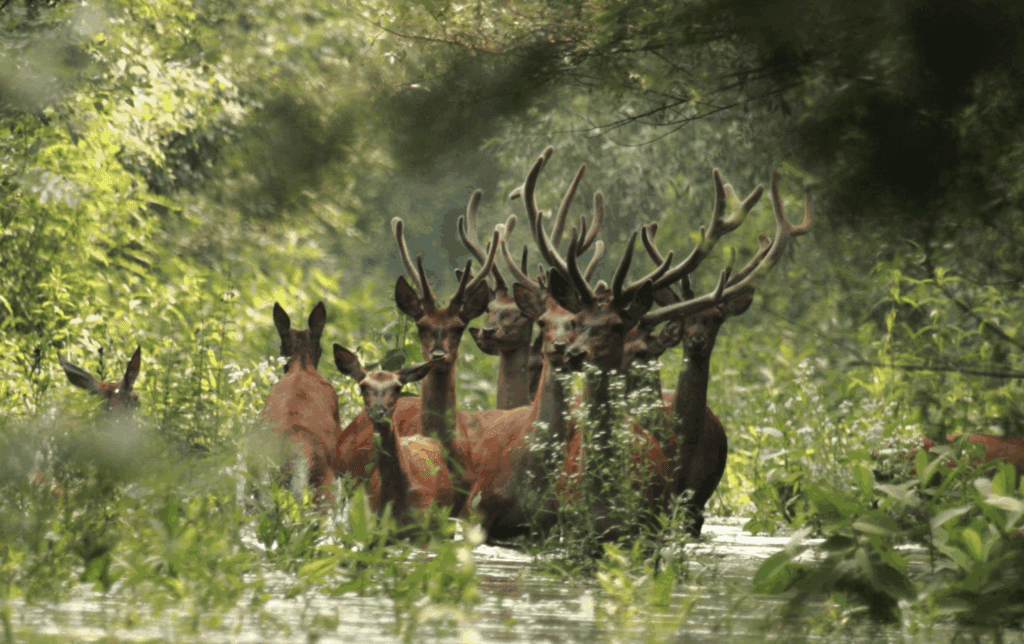
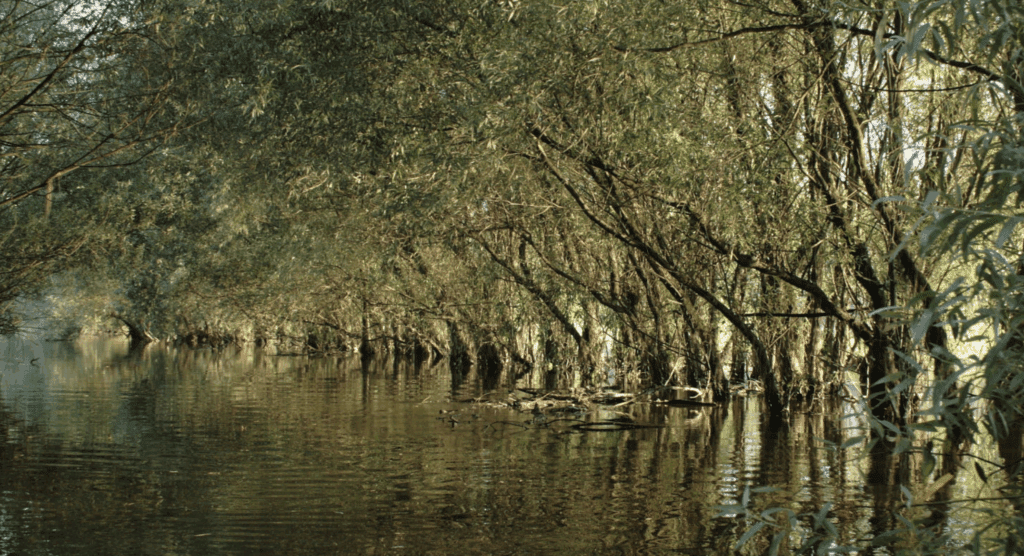
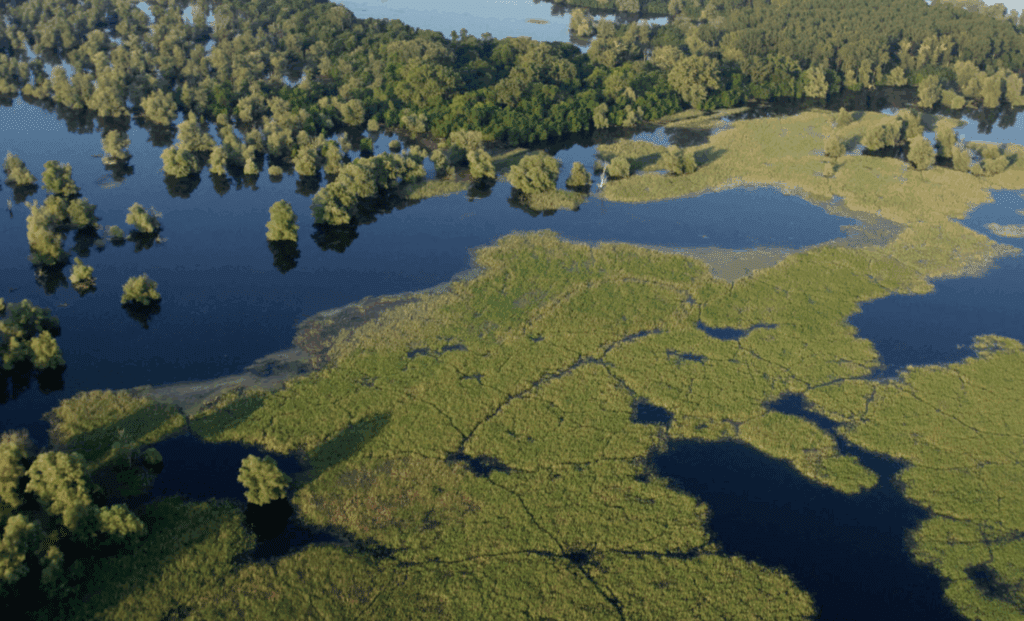
Crna Mlaka – Paradise for migratory birds
Spanning 640 hectares and surrounded by lush forest, Crna Mlaka represents a true ornithological paradise. This special ornithological reserve, designated in 1980, is home to over 200 bird species – an impressive number considering that approximately 400 species have been recorded throughout Croatia.
It is particularly spectacular during autumn migration when more than 20,000 birds can be observed arriving to rest and feed on their journey south. Crna Mlaka is one of Europe’s most important resting places for ferruginous ducks – up to 6,000 individuals of this endangered species inhabit the area during autumn.
Located in the southwestern part of Zagreb County, within the wetland-forest area of the Kupa River valley near Jastrebarsko, Crna Mlaka was inscribed on the Ramsar Convention list in 1993 as a wetland of international importance.
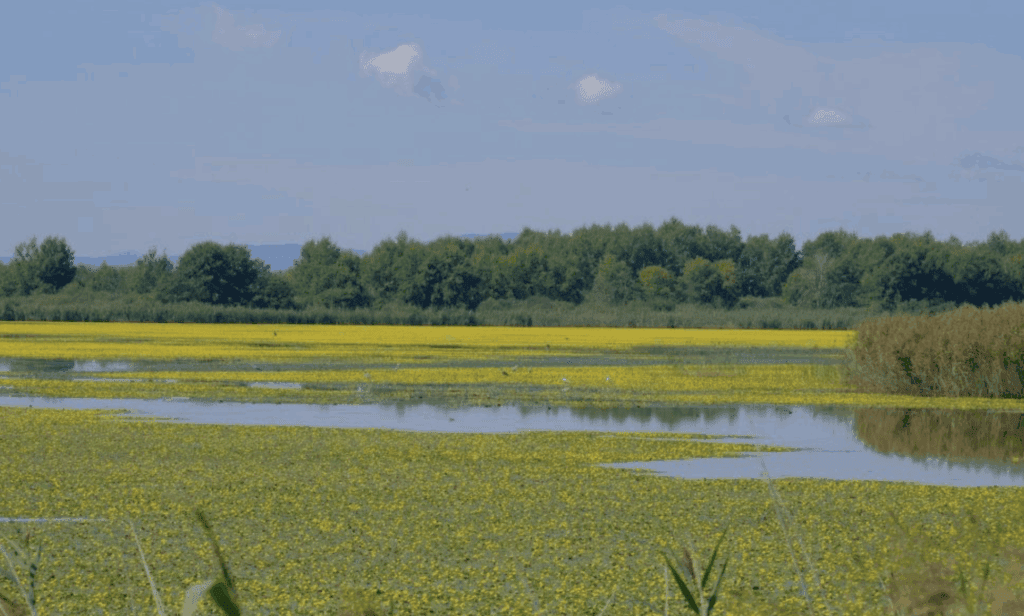
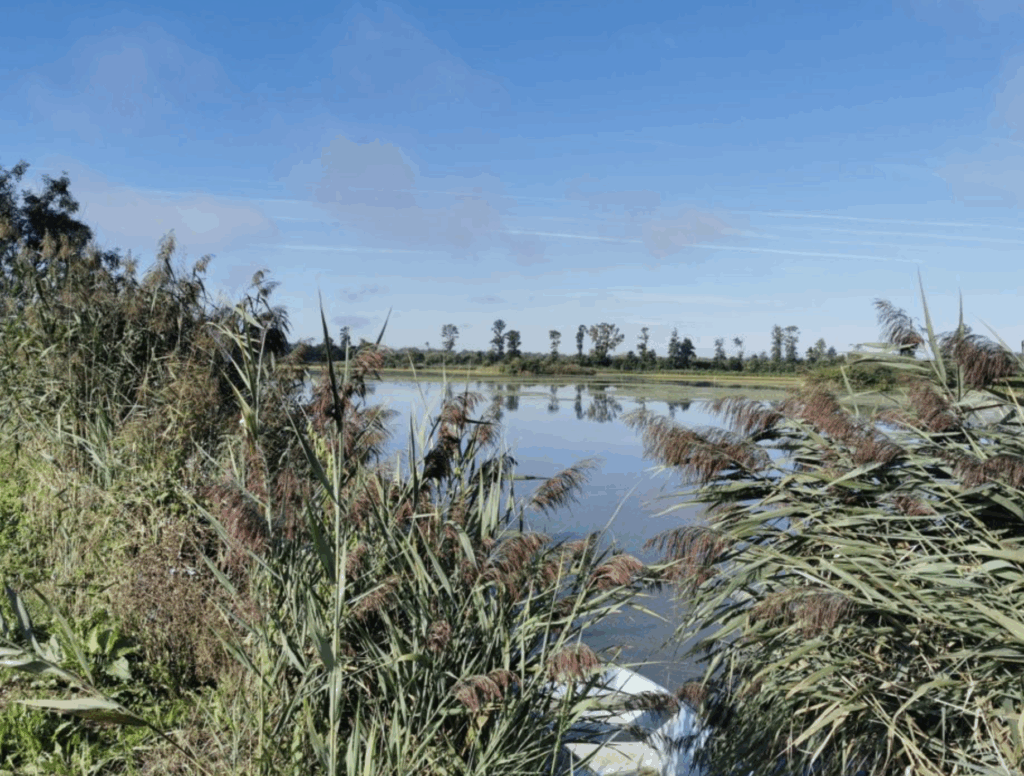
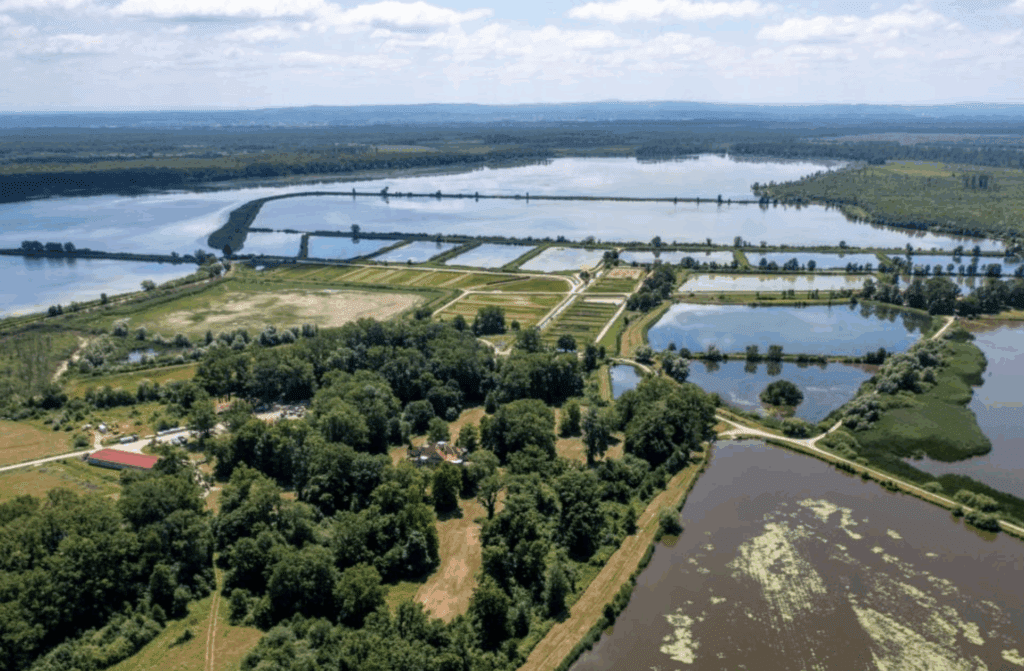
Neretva Delta – Croatia’s only true delta
The Neretva Delta, situated in Dubrovnik-Neretva County, is Croatia’s only true delta and largest river estuary. With a total area of approximately 20,000 hectares (the Croatian portion covers 12,000 hectares), it contains the largest and most valuable remnants of Mediterranean wetlands with preserved coastal lagoons.
This unique delta represents one of the few remaining areas of its kind in Europe. Although wetland habitats have been significantly reduced through conversion to agricultural land, large areas of extensive reed beds – the largest and most species-rich in the region – are still preserved.
The delta serves as a crucial resting place for migration and wintering of numerous bird species and an important nesting site for many European species.
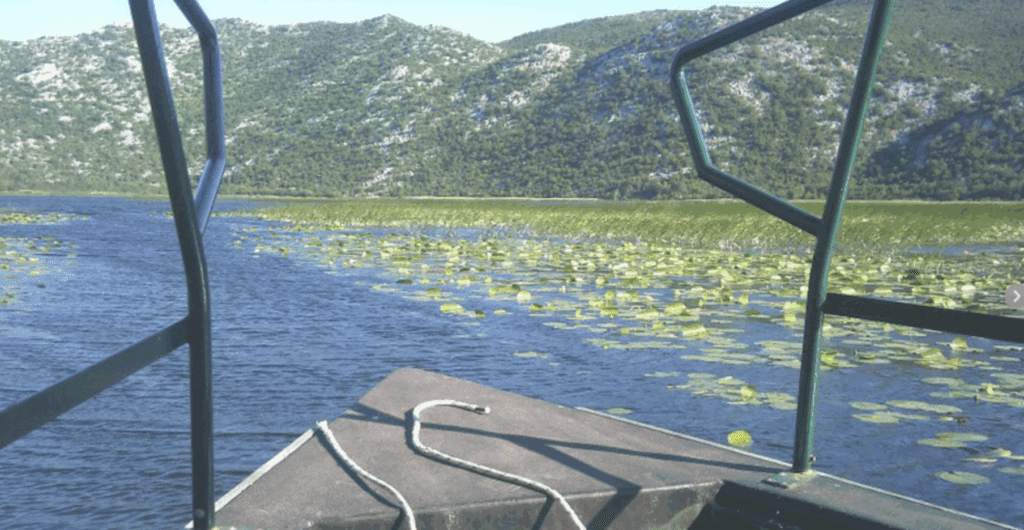
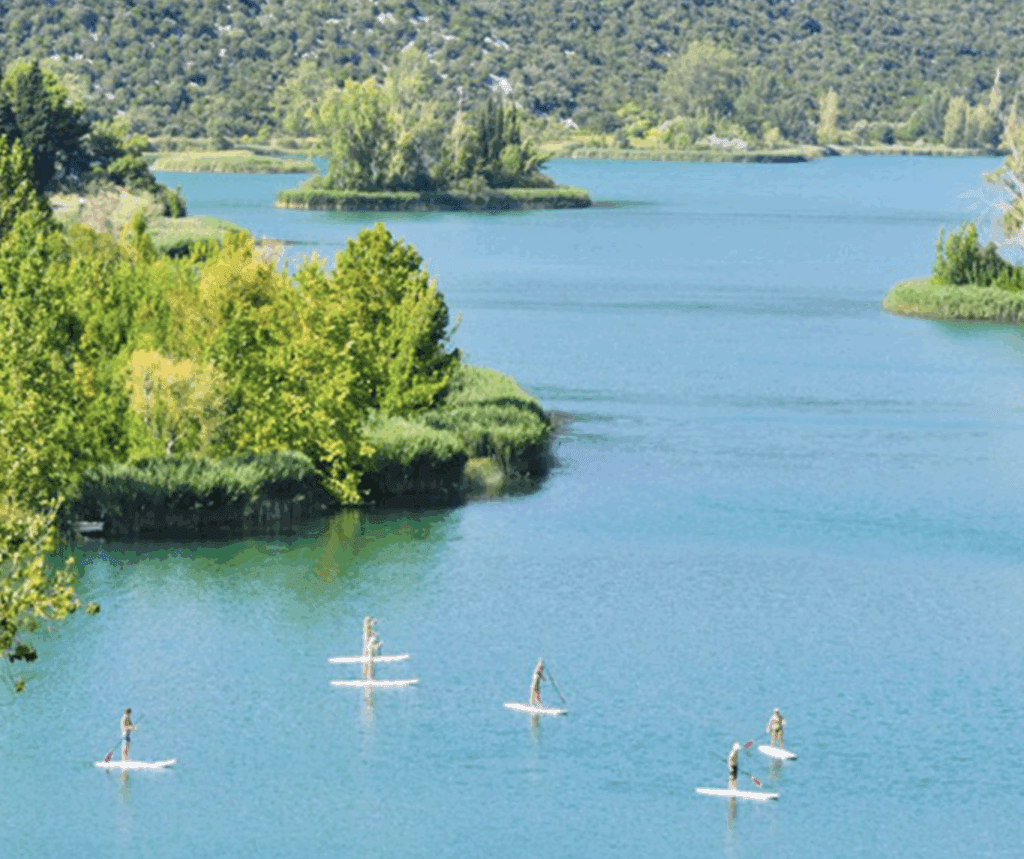
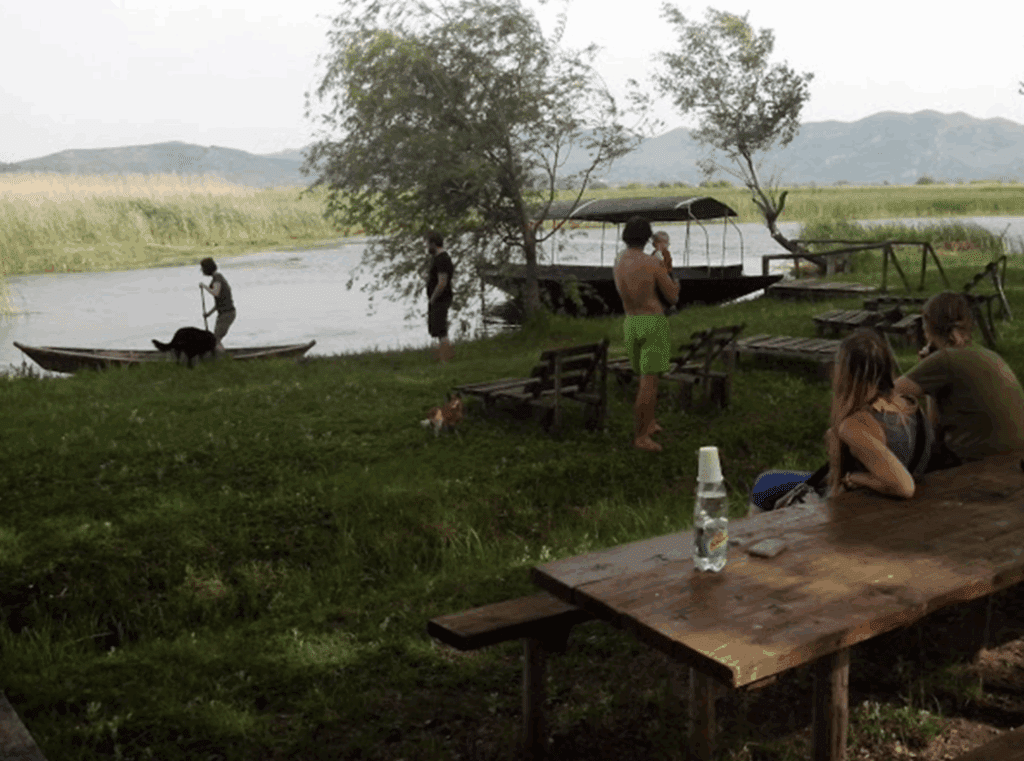
Vransko Jezero – Croatia’s largest natural lake
Vransko Jezero (Lake Vrana), which extends parallel to the sea coast at a distance of 800 to 2,500 metres from the sea, is Croatia’s largest natural lake. Its water level varies depending on rainfall, creating a dynamic ecosystem.
It has been designated as a Nature Park due to its numerous freshwater springs, pristine waterbird habitats, and unique biodiversity. This wetland area is listed amongst Europe’s important ornithological sites and provides habitat for four bird species that are endangered across the entire European continent.
Besides its rich flora and fauna, numerous artefacts have been discovered in this area, some dating back 2,000 years before Christ, which further enhances the value of this exceptional natural and cultural treasure.

